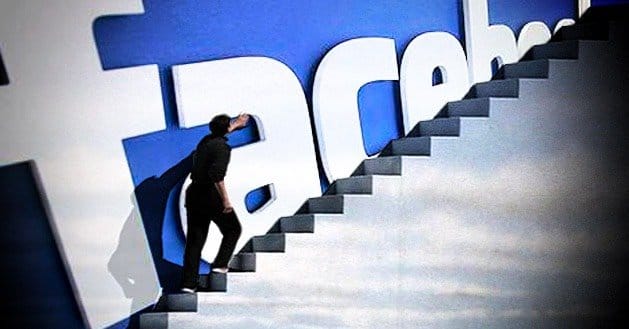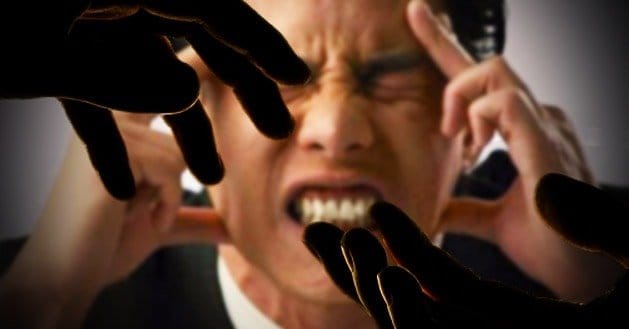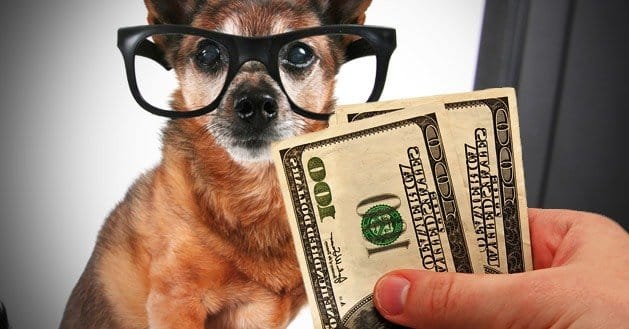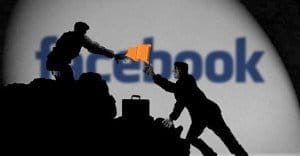 Written by ContentPowered.com
Written by ContentPowered.com
Marketers have been going crazy over the last few months as Facebook steadily drops the amount of organic, non-paid reach available to them. Whatever the rationale, Facebook made the move to make more money, and there’s nothing marketers can do to stop it. All you can do is optimize everything you can for maximum organic reach to minimize the amount you need to pay.
How Facebook Determines Reach
First of all, there’s one algorithm that controls how visible a post is and to whom. On one hand, you have your page. On the other hand, you have the profiles of all of your followers. Your relationship with each individual follower is calculated on an ongoing basis. This calculation is often called EdgeRank, though the actual EdgeRank system is outdated and has been replaced.
This EdgeRank is calculated using three primary factors; post weight, time decay and the affinity or connection between your page and the profile in question.
- Post weight is a static ranking for the type of post. A comment is more valuable than a basic like. A picture post is more valuable than a comment on another person’s post. A video has a high rank as well. It’s reasonable to say that Facebook boosts the weight of a post when you pay for more reach.
- Time decay is a factor that declines over time. When you first post a piece of content, that content has a high time factor, giving it the most visibility it will receive. The more time that has passed since the post was posted, the lower it falls in visibility. A post with no engagement decays faster than a post with active engagement.
- Affinity is a measurement of the interaction between a profile and your page. As that profile comments, likes and shares your content, their affinity goes up. If they don’t like, comment or follow your page, the affinity goes down.
All of this combines to determine who sees your posts and when. The depressing fact is that your posts are likely only going to be seen by 6-10% of your readers without paying for additional reach.
Different Forms of Reach
Marketers generally talk about reach as the number of people who see a given post, but that’s not strictly accurate. That’s one measurement of one kind of reach among many.
- Organic Post reach is a measurement of the number of people who see your posts on a post-by-post basis, without investing in paid exposure.
- Viral Post reach is a measurement of the number of people who see your posts individually because one of their friends shared it, not because you posted it. That is, the number of people who are exposed in a second-degree separation from your initial post.
- Paid Post reach is the number of people who see your post because you paid for it. Normally this would be difficult to measure, but Facebook provides an easy reading so you can see how effective giving them money is. Paid post reach can also increase your Viral post reach.
- Organic and Viral Page reach is a different measurement, consisting of the number of people who see your page in general, not just your posts on an individual basis.
The difference between post and page reach is like a scale. For the best post reach, you want to share your posts infrequently but with a high amount of value attached to each. For the best page reach, you want to share as many posts as reasonably possible, to show up in as many news feeds as possible, even though your reach on individual posts may suffer.
How to Increase Reach
Use graphical content. Facebook gives a higher weight to links, images and videos than it does to pure text posts. Including compelling images not only increases your EdgeRank score for that post, it also has a higher chance of users clicking through to see what the content is.
Post at the right time of day. Scheduling helps a lot with this, but you need to make use of analytics to see when your audience is most active. No one online can tell you when you should post; your audience could very well be the exception to the rule. Learn when you audience is most active and schedule posts to show up during that peak.
Engage users. Increasing your affinity score is the best way to increase your reach all around. Get users to comment and share you content. Likes are less valuable, but better than nothing at all. Shares increase both your organic reach and viral reach. Comments also give you a chance to strike up a dialogue, pulling in more commenters.
Competitions and contests are great for pulling in new users and increasing your viral and page reach. Make sure you require – or at least encourage – sharing a post or the contest app as part of the entry for the contest. You can doubly increase reach if your actual contest entry requirement is a comment or content submission.
Post frequently. Time decay is the one EdgeRank metric you can’t boost. The best you can do is slow the decay. It’s better to keep a constant stream of fresh content than it is to try to keep old zombie content alive.
If you have a physical location, encourage check-ins. Facebook has a FourSquare-like system that allows users to check in at your business, which generates a post on their timeline and gives you some viral page reach.
About Paying for Reach
It’s not a bad idea to pay for additional reach, occasionally. When you have a particularly valuable post that you feel will be shared around more than average, go ahead and use a small budget to promote it. You’re looking specifically for the shares. If you’re paying for views, but those views don’t lead to anything, you’re not using your money effectively. On the other hand, if your paid reach leads to a boost in viral reach, you’re coming out ahead of the game.
Avoid paying for additional reach on content that isn’t important. If your post isn’t likely to be shared around for its value, don’t pay to promote it. If it’s not something that’s providing a high amount of value, it’s not worth paying to promote. Essentially, you’re drawing a distinction between the purely business promotional posts and the “persona” posts that exist as filler and to humanize your brand, not to convert users.
Don’t be afraid to pay to promote a post, but be as certain as possible that the post is going to benefit you, preferably in terms of immediate returns. It’s much harder to measure long-term conversions.


